The devastation of having a sport cut from an athletic program is a dilemma that many schools encounter.
Lack of funding and profit are some of the major causes that have led schools to cut certain sports.
According to CNBC, from 2009 to 2011, $3.5 billion was cut from schools’ sports budgets.
However, schools may have a solution: a pay-to-play system.
A pay-to-play system is essentially an arrangement in which student-athletes must pay in order to participate in a school sport.
While many high schools incorporate this into their own athletic programs, some schools, such as Carlmont, rely on booster clubs or fundraisers to provide coaching, equipment, traveling services, fields, gyms, and training facilities, due to laws prohibiting them from charging to play sports.
Pay-to-play systems can save sports programs from budget cuts, providing more opportunities for athletes to play for college scholarships. Thus, the success of a pay-to-play system may have a positive impact on many student-athletes.
However, a pay-to-play system may also create a negative impact on the athletic program as a whole.
After the West Ada School District in Idaho incorporated a pay-to-play system into their schools’ athletic programs, it experienced a major decrease in athletic participation; the district’s athlete total decreased from 6,230 students to 5,451 students over the course of three years.
One major consideration for schools that are thinking about implementing a pay-to-play system is the affordability of the program. Some students who might participate in a free program cannot afford to pay to participate.
According to financial advisers at The Motley Fool, the U.S. average household income in 2017 was approximately $67,000. However, this average income can vary depending on the school district.
As the socioeconomic status of public-school households is, in many cases, considerably lower than those of private schools, many public schools choose not to integrate a pay-to-play system. In addition, some states prevent their schools from incorporating a pay-to-play system.
“First and foremost, it’s against California [education] code to require someone to pay to play sports. Everything in a public school system is supposed to be free,” said Carlmont Athletic Director Patrick Smith.
With the rejection of a pay-to-play format for sports in many states such as California, schools are forced to think outside the box and implement different forms of fundraising.
For Carlmont, fundraising for sports is done through booster clubs.
“The booster club does many different forms of fundraising; they sell memberships and hold a big fundraiser in April to raise money to pay for sports,” Smith said. “ASB does not necessarily do fundraising for sports, but they charge an entrance fee for football and basketball games. Kids can also buy what’s called a PAL sticker, which helps to pay for sports and gives the owner a discount on entrance fees for games, the yearbook, dances, and stuff like that.”
However, the reliance on fundraising can become a difficult road to cross for some schools, as the community is not always on the same page as the athletic departments.
“It’s just frustrating in general because I want all students to be able to play, but the reality is that if parents choose not to donate, then we will not have a program,” said Ralston Middle School physical education teacher Deborah Blackwell. “We get complaints about the cost of the sport, but what the community doesn’t realize is that the money is needed to run the program; we are not doing it to make a profit. We want everyone to be able to participate, but we also need the community to realize the necessity of the donations.”
Without student-athletes and their families paying for sports, fundraisers and donations become ever more crucial, as they are the backbone of public schools and their athletics. Thus, demographics and the estimated participation rate from families can lead to the determination of the need for a pay-to-play system.

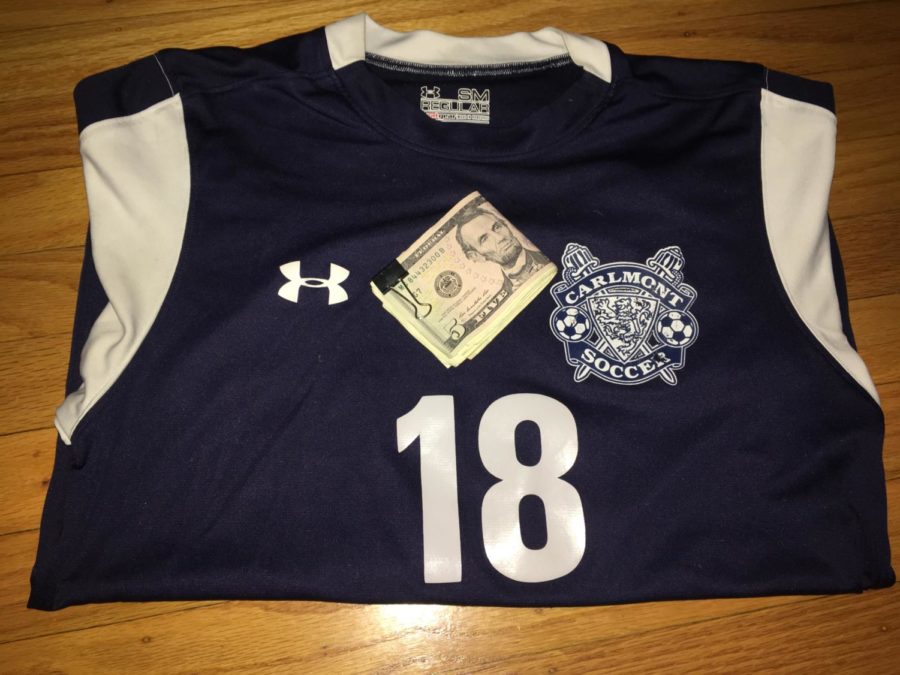
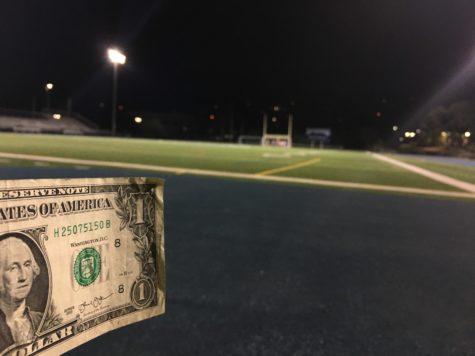
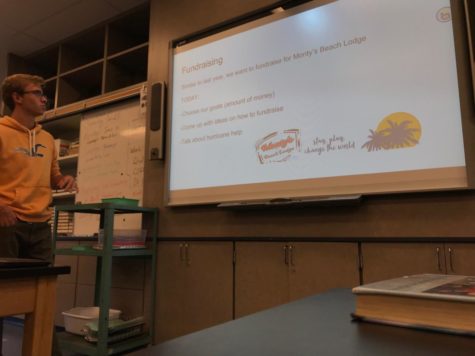






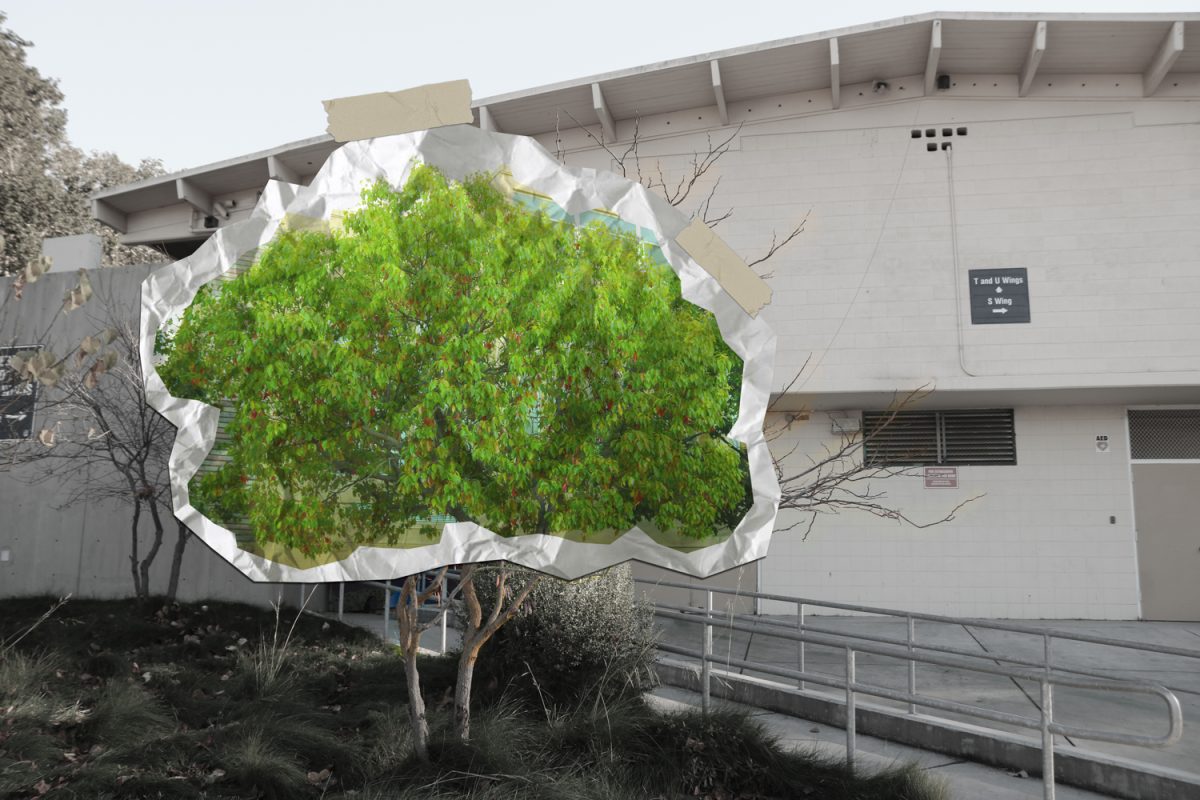
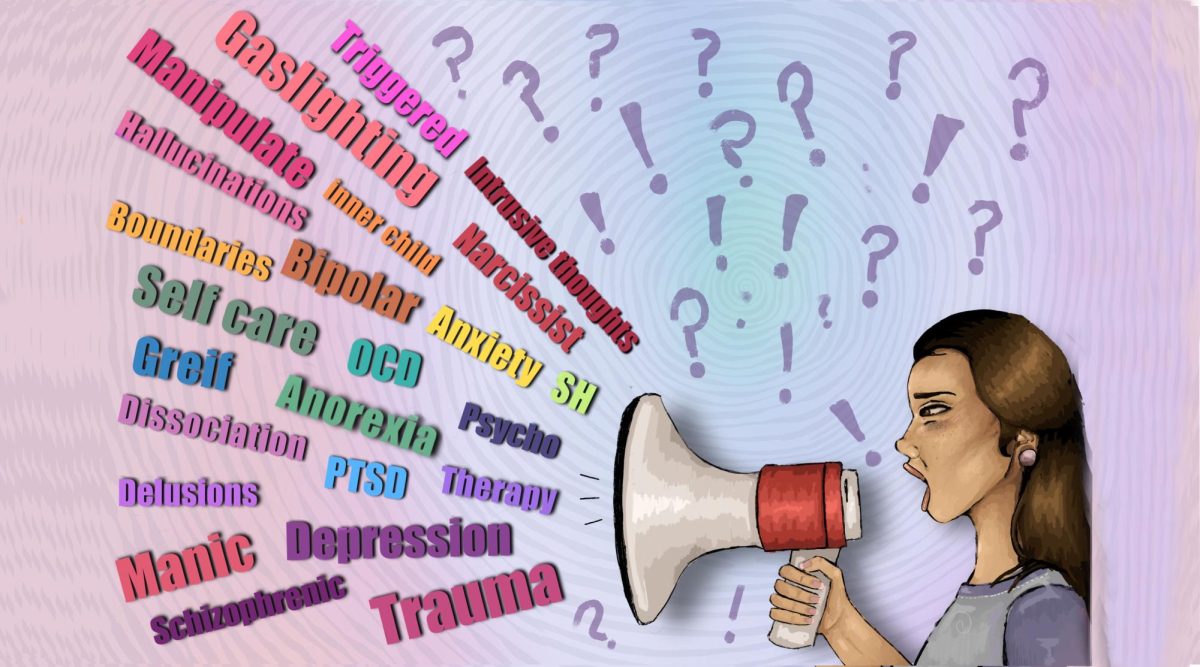
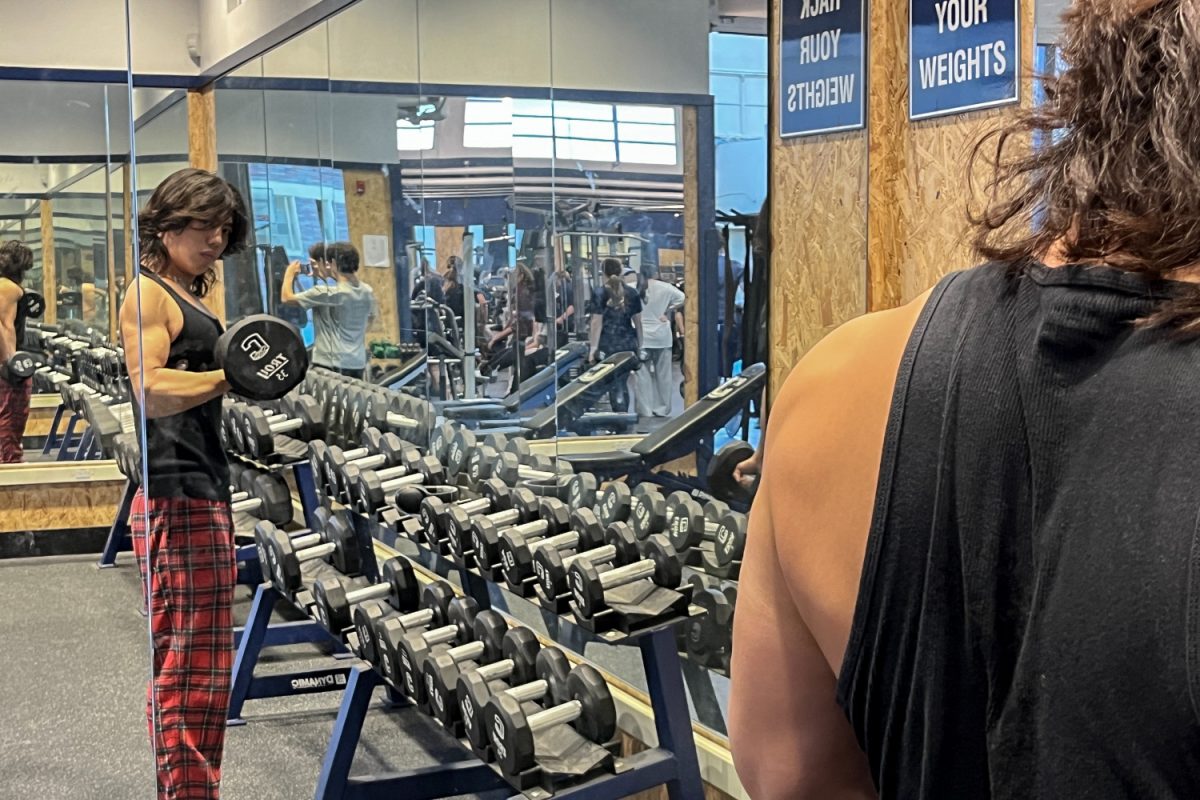

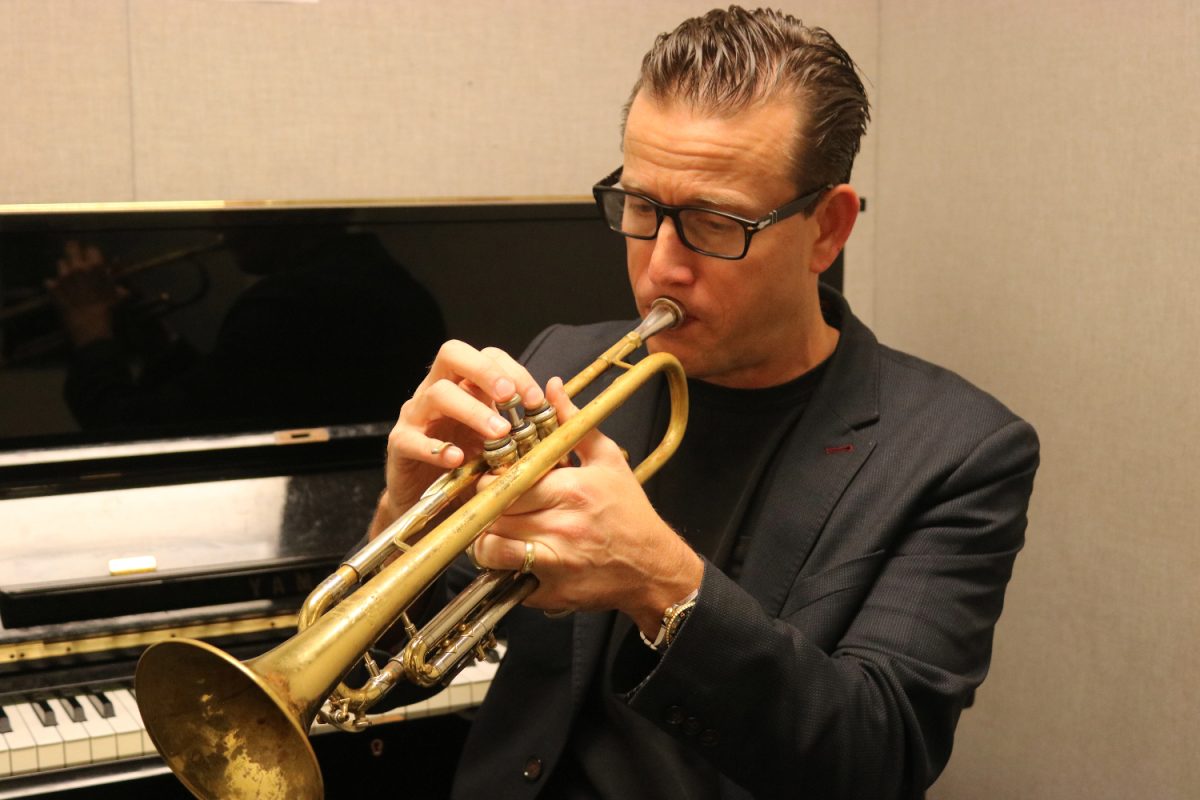

Christine • Jul 17, 2021 at 2:32 am
Boosters don’t fundraiser for a certain level they fundraiser for the entire football program! What that means exactly football uniforms, equipment, insurance, transportation, end of season banquets, filming equipment or software, team feeds and so on! We fundraiser to cover what is needed for a football program to run!
Cathy Valenzuela • Aug 11, 2019 at 11:02 am
This is a great article but can we do a deeper dive. I have several questions about fundraising laws for high schools in the state of California.
1)if a sports program does a fundraiser should it be expressed what its specific need is (coaches salary, technology, player uniforms, safety equipment).
2) can it be said that funds are being raised for” football program” which is very broad and does not specify its direct target…. will it be used for Varsity or JV
3)when funds are raised for football should their be a clear cut for the funds raised by Varsity goes to Varsity, funds raised by JV goes to JV
I have a ton more of questions but will start with these first